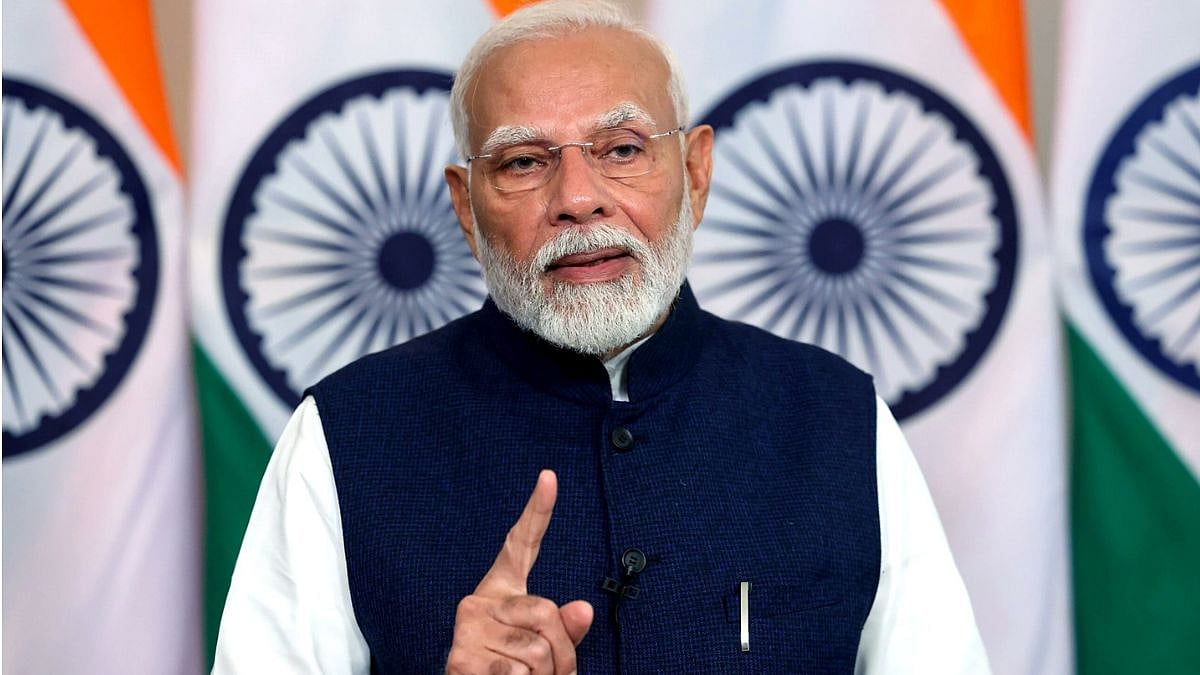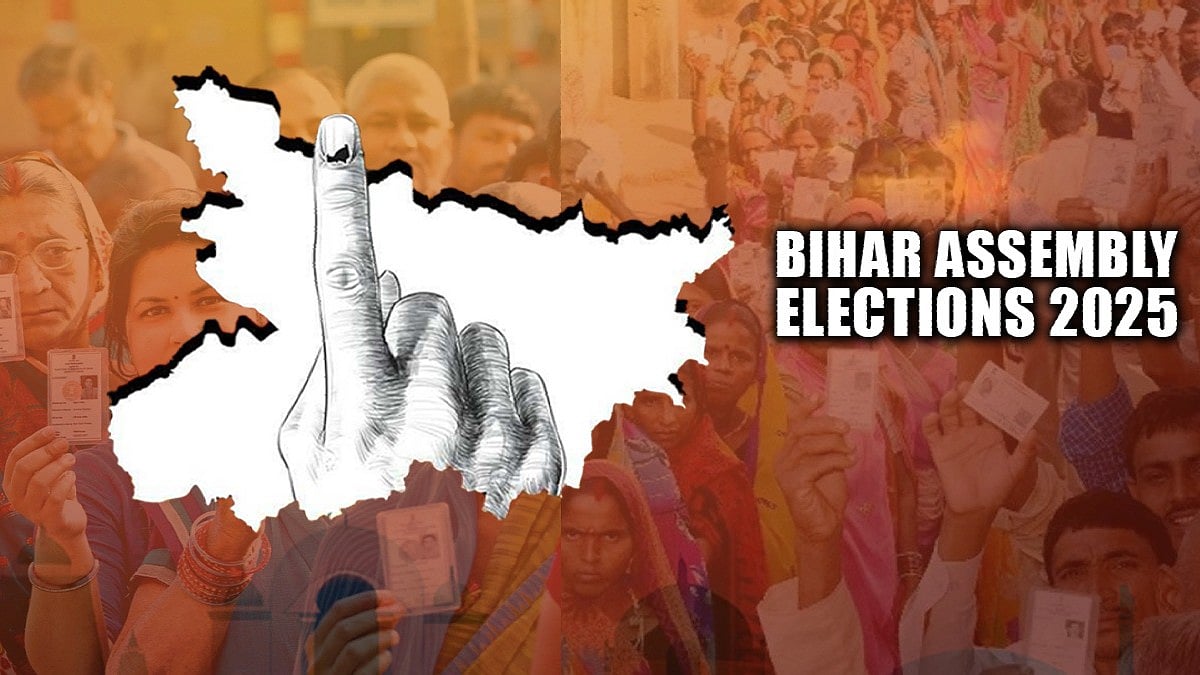Mumbai, like the rest of Maharashtra, has two Shiv Senas or two factions of the 56-year-old party founded mainly to guard and represent Marathi asmita in a fast-transforming cosmopolitan city. Uddhav Balasaheb Thackeray claimed a natural political legacy while the rebel Eknath Shinde, riding high on the party’s electoral organisational legacy, claimed his faction as the real party. The Election Commission’s ruling in favour of Shinde’s faction last month, despite the controversy over allegations that it was engineered for a vast sum, has led to a piquant situation — Shiv Sena not led by Thackeray.
This would have been beyond the imagination of many even three years ago when Uddhav Thackeray took oath as the chief minister backed by his new-found friends-allies, the Congress and the Nationalist Congress Party. He was the first Thackeray to hold office and power — a long distance from his father’s preferred mode of holding power without the accountability that occupying an office demands in an electoral democracy. In fact, the late Bal Thackeray used to disparage and mock democracy; he had openly called for a “benevolent dictatorship” in India on several occasions and had openly professed his admiration for Adolf Hitler.
During the years that the Shiv Sena led the state government, from 1995 to 1999, the late Mr Thackeray revelled in his preferred role as the “remote control” of the government, boasting that he could get any work done with a phone call to the chief minister or ministers he had “appointed”. Since his death in 2012, in fact for a few years before that, Uddhav Thackeray attempted to steer the party away from this authoritarian, muscular, and violence-preferring organisation and transform it to suit modern times.
Some will recall his campaign “Mee Mumbaikar” in 2003-04 to draw non-Maharashtrian residents of the city into the party’s fold and the subsequent backlash he faced from senior leaders within the party. He wanted to make the party more inclusive and urbane, and had protested that the campaign was “distorted” by even party leaders. Always branded as unfit to lead his father’s party, his image of a mild-mannered, wildlife-loving, photography-preferring man was antithetical to that of the party and its sainiks. His decision to dump a long-time and ideological ally, the Bharatiya Janata Party, after jointly contesting the state elections in 2019 and join forces with ideological opponents, the Congress and NCP, created a huge discontent in the rank and file of the Shiv Sena.
Aaditya Thackeray, elevated to the party’s highest body by virtue of being Uddhav’s son, tried to reshape his grandfather’s organisation into Shiv Sena 3.0 with a deliberately-cultivated modern, suave, English-speaking image. Aaditya contested and won an Assembly election from Worli, again breaking the mould that Thackerays do not dirty their feet in the cesspool of elections. His and his father’s versions did not sit well with the crusty dyed-in-the-wool sainiks who had been politically raised on a diet of blistering speeches, ‘enemies’ or targets of hostility and hate, and leaders’ authorisation to use violence against these imagined ‘enemies’.
The party’s history is riddled with incidents of violence and riots — from Bhiwandi to the then Bombay. The Srikrishna Commission probing the 1992-93 Bombay riots had, in fact, referred to the late Mr Thackeray as “a veteran general” who had commanded his boys “to retaliate” against Muslims in organised attacks during the second phase of riots in January 1993. Sena leaders had moved around the city with prohibited arms in their vehicles in areas under curfew. Though the senior Thackeray had remained far from violence and arson on Mumbai’s streets, his writing in the party’s newspaper Saamna was a fit case for prosecution under Section 153 (A) but the civil society had to knock on the doors of the Bombay High Court for this to happen.
The Shiv Sena was also the party which, in mid-80s, under its then combative leader Chhagan Bhujbal, had “purified” the Hutatma Chowk with cow urine after a massive rally of Dalits. Bhujbal, backed by his party, on separate occasions as Mumbai’s mayor, had demanded that statues of Nathuram Godse should be built rather than those of Mahatma Gandhi. Bhujbal would later extol Gandhi and reinvent himself as a leader of the backward castes. His rebellion, with 19 MLAs, was just as shocking to the party and Thackerays as Shinde’s was last year — the difference being that Bhujbal split away from the party while Shinde took the party away from the Thackerays.
The late Mr Thackeray showed what might be generously called tough love towards Mumbai – his party was synonymous with the city, yet resorted to strong-arm tactics and violence, even open communalism, that left scars on its social fabric. But the Sena culture was such that its shakhas across Mumbai were the neighbourhood go-to place for people in all sorts of trouble, sainiks of a shakha rose to the occasion every time there was a natural calamity resorting to make-shift rescue operations before the official agencies could get into action including during the fateful July 26, 2005 floods, organised local programmes to bring people — especially the lower middle class — together which then served as its vote bank, played mock court to settle petty matters, and so on.
The shakha culture and fierce loyalty of sainiks to the party, to the Thackerays, was the envy of many a political party. Like all foot soldiers, the sainiks could be commandeered to do work that was beneficial — or detrimental — to the city. It was during the Sena-BJP government in the state that the city’s name was changed to Mumbai to a huge uproar from the intellectual and cosmopolitan Bombayites including captains of industry. At one level, the Shiv Sena was not merely a political party with then-small BJP riding on its shoulders; it was woven into the city’s socio-cultural fabric which perhaps allowed Thackeray to claim to speak for the city.
Mumbai or Bombay has, therefore, a strange but symbiotic relationship with the Sena and, by extension, with the Thackerays, swinging between the extremes of the comforting and communal. One does not negate the other; we can pick the avatar of the party that most appeals. Mumbai of the last decade was not the city that the late Balasaheb Thackeray rooted his party in; its economic orientation and socio-cultural fabric have transformed beyond imagination. The second- and third-generation Thackerays seemed to have realised the urban transformation underway and tried to reinvent the party’s character and purpose to suit the times — and in the process lost the party itself.
It is a story that may someday be streamed on Netflix or in cinema halls. There cannot be commiserations for the first family of the Shiv Sena; the party was theirs to hold, reinvent, and lead. Through the BJP’s machinations and institutional muscle power, it is now that of a shiv sainik — the first non-Thackeray to lead the party. One set of numbers illustrates how the rise of the BJP dwarfed its one-time ‘older brother’ — in the 2012 municipal election, the Sena had nearly 22% vote share while its ally garnered barely 8.5%; five years later, the Sena’s vote share rose to 28% while the BJP’s multiplied more than three times to 27%.
The BJP wanted control of Mumbai, the city and its municipal corporation. What the new and splintered Shiv Sena’s relationship with Mumbai will be, given that it was birthed and operates under the shadow of the BJP, remains to be seen.
(Smruti Koppikar, journalist and urban chronicler, writes extensively on cities, development, gender, and media. She is the Founder Editor of ‘Question of Cities’)










